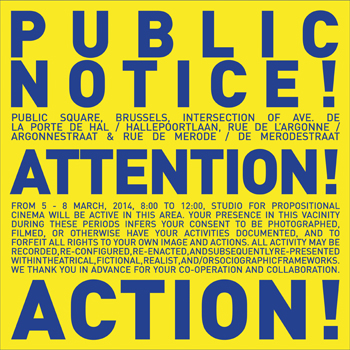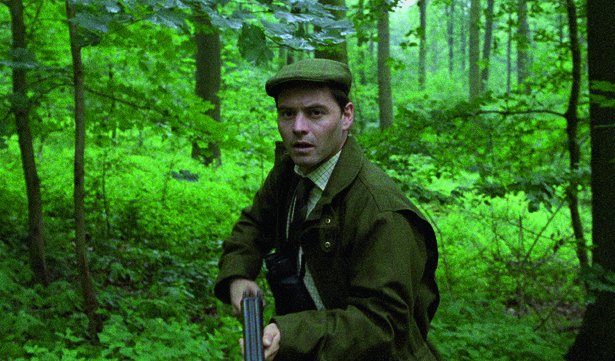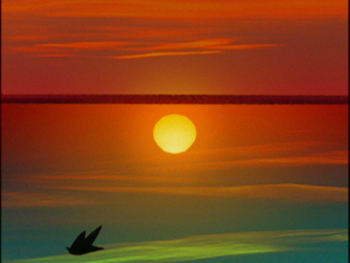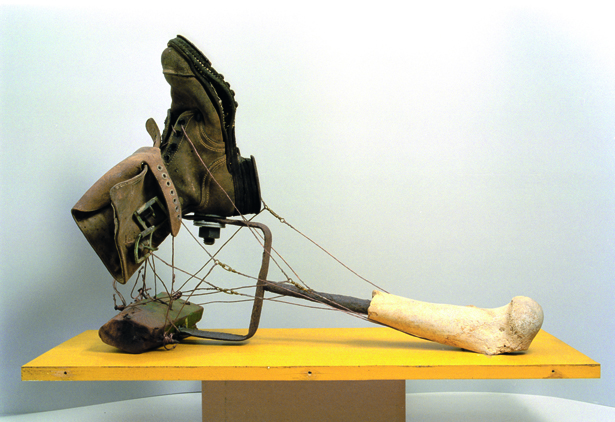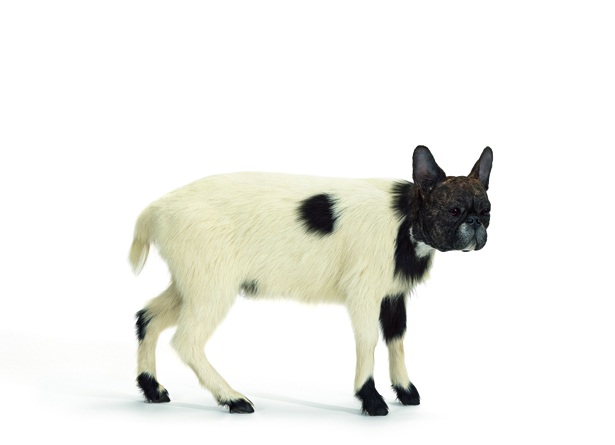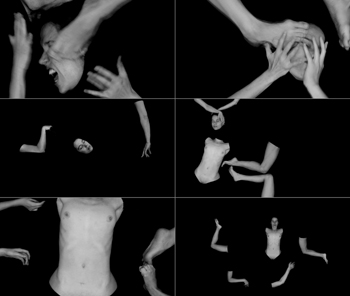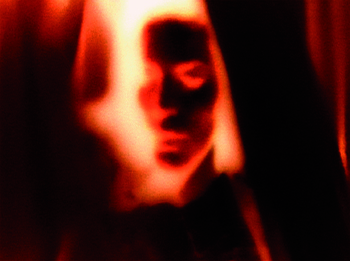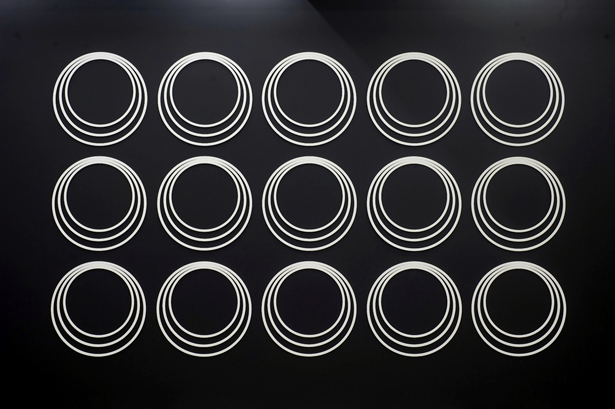Ceramic Spaces
Lucio Fontana, Norbert Prangenberg, Thomas Schütte, Rosemarie Trockel, Markus Karstieß
25 May–31 August 2014
Museum Morsbroich
Gustav-Heinemann-Strasse 80
D-51377 Leverkusen
Germany
With his slashed and perforated canvases (Tagli and Buchi), Lucio Fontana revolutionised art from the 1940s onward and systematically opened up the two-dimensional picture into the dimension of spatial depth. The exhibition Ceramic Spaces at Museum Morsbroich is dedicated to the epoch-making work of the Argentine-Italian sculptor Fontana (1899–1968) and the influence he wielded over contemporary art. His path-breaking ceramics have now been placed at the focus—in the very building where, in 1962, the artist received his first retrospective.
And ever since the early 1980s, the works of the artists Norbert Prangenberg, Thomas Schütte, Rosemarie Trockel and Markus Karstieß have all referred back to the spatial concepts exemplified by Fontana’s works, each in his or her own intensive yet individual way.
Lucio Fontana was a wanderer between the worlds, who succeeded in creating a unique amalgam of art, science and life. In 1949 he developed the first ‘ambience’ in the history of art, an installation tailored to the space, in which he employed among other things black light sources and phosphorescent paint. He called for the inclusion of the new media in art, such as television, and used glass splinters, metal foil, canvas, papier mâché and ceramic side by side as equals. He created baroque battle scenes in clay, Medusa heads and crucifixions, alongside monumental wall reliefs, abstract “cratere” or small, perforated vases. And all the while the titles he gave to his works, which from 1949 onwards were almost all referred to as Concetto spaziale (spatial concept), testify to the precedence he gave to ideas and concepts in his works.
All of Fontana’s themed groups of ceramics are represented in Leverkusen—from the early, archaizing sculptures done in 1931 to the late abstract Nature (1959/60)—by means of select examples.
After Lucio Fontana had already inspired the ZERO artists Otto Piene, Heinz Mack and Günther Uecker in the late 1950s, in 1984 Norbert Prangenberg (1949–2012) began to rediscover his ceramic oeuvre for a new generation of artists. He transposed Fontana’s vases into monumental “Figures” and made a close study of the way Fontana assimilated baroque sculpture. Thomas Schütte (b. 1954), who in 1992 displayed his group of ceramic figures The Strangers in all prominence during documenta IX on the columned portal on Friedrichsplatz, is interested in the objections that the genre of ceramic is still able to elicit from the traditional halls of criticism, for which he cherishes it as a strategic tool that enables him to perform abrupt about-turns within his own oeuvre. Rosemarie Trockel (b. 1952) is interested above all in Fontana the conceptualist, as for instance when she flings soft clay at basic sculptural forms and with that integrates “guided” chance into her work. Markus Karstieß (b. 1971), on the other hand, ties in more with Fontana’s cosmological world picture and combines musical and literary themes with his interpretation of ceramics.
Thomas Schütte, Rosemarie Trockel and Markus Karstieß have come up with a number of new works specially for this exhibition, while at the same time the museum has been able to choose a large selection of hitherto undocumented works from Norbert Prangenberg’s estate. This selection has been rounded off by works from the donation made by Niels Dietrich, who runs the ceramics studio in Cologne in which the four Rhenish artist produce their works, either in part or in toto.
The exhibition is accompanied by a catalogue published by Verlag Kettler, edited by Markus Heinzelmann, and with essays by Barbara Engelbach, Hans-Jürgen Hafner, Markus Heinzelmann, Martin Hentschel, Ulrich Loock and Stephan von Wiese (296 pages with 150 mainly coloured illustrations, ISBN 978-3-86206-362-8).
The curator of the exhibition is Markus Heinzelmann.
The opening of the exhibition will be on Sunday, 25 May at noon in the Spiegelsaal at Museum Morsbroich.


